Home>Garden Essentials>When To Seed Grass In Michigan
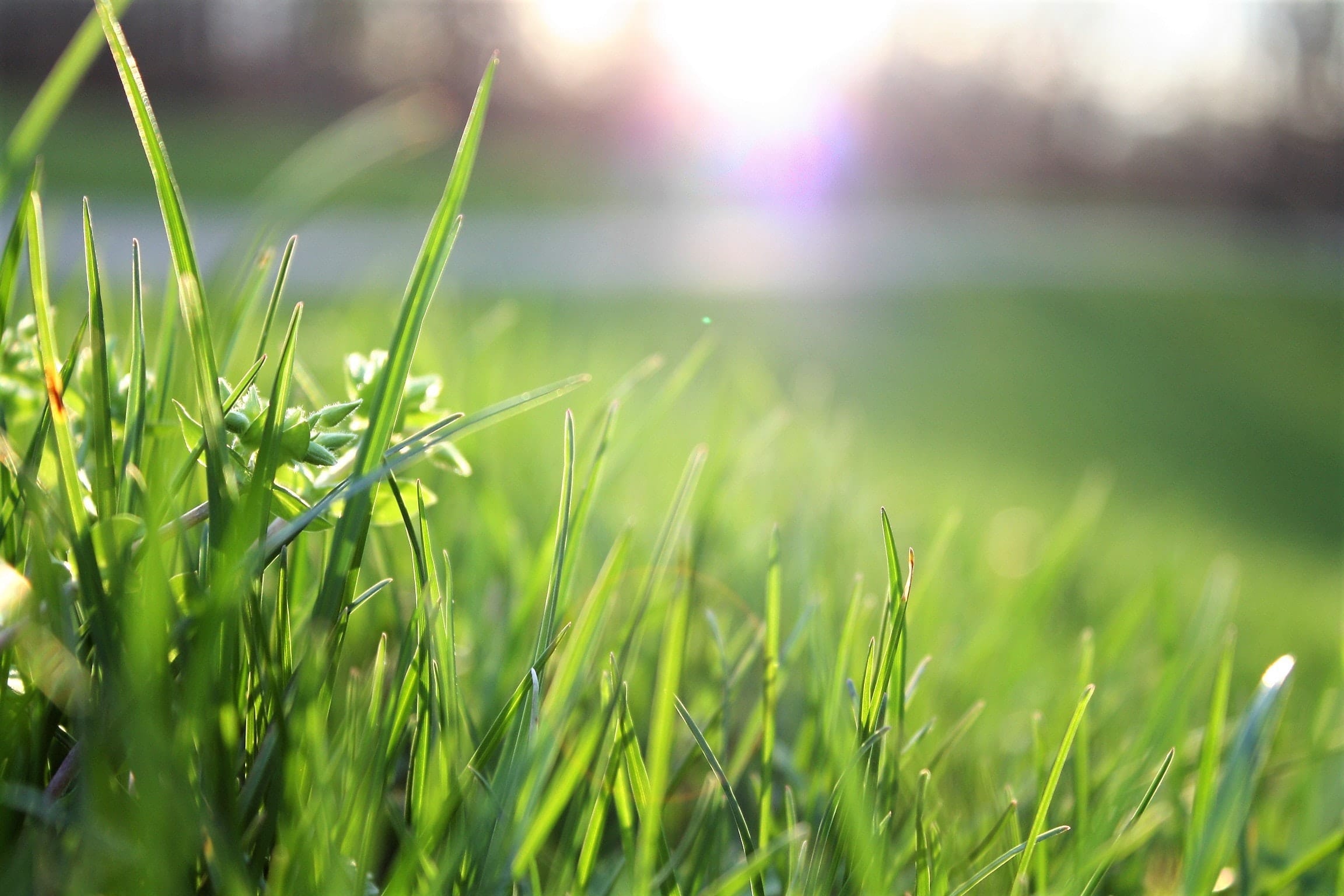

Garden Essentials
When To Seed Grass In Michigan
Modified: March 24, 2024
Learn when is the best time to seed grass in Michigan for a lush and thriving garden. Find essential tips and advice for successful grass seeding in Michigan.
(Many of the links in this article redirect to a specific reviewed product. Your purchase of these products through affiliate links helps to generate commission for Storables.com, at no extra cost. Learn more)
Introduction
Gardening enthusiasts in Michigan understand the importance of maintaining a lush and healthy lawn. Whether you’re a homeowner, a business owner, or simply passionate about cultivating a beautiful outdoor space, knowing when to seed grass in Michigan is crucial for successful lawn establishment. With its unique climate and regional variations, Michigan offers specific considerations for seeding grass that are essential to achieving a thriving and vibrant lawn.
In this article, we will explore the optimal timing for seeding grass in Michigan, understand the state’s climate, choose the right grass seed for your specific needs, and discuss proper care and maintenance strategies to ensure successful grass seed germination and growth.
Before we delve into the details, it’s important to note that Michigan experiences a continental climate, characterized by cold winters and warm summers. The varying climate zones within the state can impact the ideal seeding times for different grass types. By understanding these factors and following best practices, you can achieve a thriving lawn that withstands the unique challenges of Michigan’s climate.
Key Takeaways:
- Timing is crucial for seeding grass in Michigan. Spring offers early growth, while fall takes advantage of cooler temperatures. Proper soil preparation and maintenance are essential for a thriving lawn.
- Avoid common mistakes like incorrect timing, inadequate soil prep, and over/underwatering when seeding grass in Michigan. Follow best practices for optimal results and a healthy lawn.
Read more: When To Start Seeds In Michigan
Understanding Michigan’s Climate
Michigan’s climate is influenced by its location in the Midwest region of the United States. It experiences a continental climate, which means it has distinct seasons that vary in temperature and precipitation. Understanding the nuances of Michigan’s climate is essential for successful grass seeding.
Michigan has cold, snowy winters and warm, humid summers. The state is also susceptible to lake effect snow due to its proximity to the Great Lakes. The northern parts of Michigan tend to have a cooler climate compared to the southern regions.
When it comes to grass seeding, Michigan gardeners need to consider the freeze-thaw cycles that occur during the winter and early spring months. These cycles can affect soil moisture and potentially impact seed germination. Additionally, the unpredictable spring weather can pose challenges for grass establishment.
Maintaining a healthy lawn in Michigan requires selecting grass varieties that are well-suited to its climate. Cool-season grasses such as Kentucky bluegrass, perennial ryegrass, and fine fescue are commonly grown in Michigan because they can withstand temperature fluctuations and tolerate the state’s climate conditions.
By recognizing the unique climate characteristics of Michigan, you can make informed decisions about when to seed your lawn and select the most appropriate grass seed varieties for optimal growth and survival.
Choosing the Right Grass Seed
Choosing the right grass seed is crucial for the success and longevity of your lawn in Michigan. Consider factors such as climate adaptability, maintenance requirements, and aesthetic preferences when selecting grass seed varieties.
In Michigan, cool-season grasses are the most common choice due to their ability to withstand the state’s fluctuations in temperature and precipitation. Here are some popular cool-season grasses to consider:
- Kentucky Bluegrass: Known for its dense and lush appearance, Kentucky bluegrass is a top choice for Michigan lawns. It performs best in full sun but can handle some shade. It has good drought tolerance and self-repairing capabilities.
- Perennial Ryegrass: Perennial ryegrass is prized for its rapid germination and establishment, making it an ideal choice for overseeding thin lawns. It is wear-resistant and exhibits excellent tolerance to foot traffic.
- Fine Fescue: Fine fescue grasses, including red fescue, chewings fescue, and hard fescue, are shade-tolerant options. They are known for their fine texture, low maintenance requirements, and excellent drought tolerance.
Consider your lawn’s specific conditions, such as sun exposure, soil type, and foot traffic, to determine the best grass seed variety for your needs. Each grass type has its own characteristics and growth habits, so opt for the one that aligns with your desired lawn appearance and maintenance level.
It’s also important to choose high-quality grass seed from reputable brands or suppliers. Look for certified seed that has been tested for germination rates and purity. This ensures that you are getting viable, weed-free seed for optimal results.
Additionally, consider using a mix of grass seed varieties to achieve a resilient and visually appealing lawn. Blending different grass species can provide a better balance of characteristics, such as disease resistance, drought tolerance, and overall performance.
By selecting the right grass seed that suits your specific requirements and Michigan’s climate, you’ll set the foundation for a successful lawn with excellent growth and resilience.
Spring Seeding in Michigan
Spring is a suitable time for seeding grass in Michigan, as the soil temperature starts to rise and the risk of frost decreases. However, it’s important to be mindful of the unpredictable weather patterns that can affect seed germination and establishment during this season.
When planning for spring seeding, aim to start the process in late April to early May, depending on your specific location within Michigan. The soil should be thawed and dry enough to work with. Avoid seeding too early when there is still a possibility of frost, as it can damage the delicate seedlings.
The key to successful spring seeding is proper soil preparation. Before seeding, aerate the soil to relieve compaction and improve nutrient and water absorption. Remove any weeds, rocks, or debris from the area to create a clean and fertile seedbed.
Choose a high-quality grass seed suitable for Michigan’s climate and your specific lawn conditions. Consult with local gardening experts or refer to the Michigan State University Extension for recommendations on grass seed varieties that thrive in your region.
When it comes to seeding techniques, overseeding existing lawns or bare patches is common in the spring. Prepare the soil by raking it lightly to create a loose top layer. Spread the grass seed evenly over the area, aiming for a rate of 5 to 8 pounds per 1,000 square feet. Lightly rake the seed into the soil to ensure good soil-to-seed contact.
Water the seeded area immediately after planting and keep the soil consistently moist throughout the germination and establishment process. This may require light and frequent watering to prevent the soil from drying out. Be cautious not to overwater, as it can lead to seedling diseases.
During the spring season, it is essential to monitor the weather and adjust your watering schedule accordingly. If there is a period of heavy rain, reduce watering to prevent waterlogged soil conditions. If there is a lack of rainfall, supplement with manual watering as needed.
Keep in mind that spring-seeded lawns may require extra care and maintenance compared to fall-seeded lawns due to potential heat stress and weed competition. Regularly mow your lawn once the grass reaches a height of 3 to 4 inches. Gradually reduce the mowing height over time to your desired height, typically between 2.5 to 3 inches.
By following these guidelines and providing proper care and maintenance, your spring-seeded lawn in Michigan can establish well and flourish throughout the growing season, providing you with a beautiful and healthy outdoor space.
Fall Seeding in Michigan
Fall is considered the optimum time for seeding grass in Michigan. The cooler temperatures and increased rainfall create favorable conditions for seed germination and establishment. Fall seeding allows the grass to establish strong root systems during the less stressful conditions of the season, making it more resilient to survive the following summer.
When planning for fall seeding in Michigan, aim to start the process in late August to early September. This timing ensures that the grass seed has enough time to germinate and establish before winter arrives. It’s important to complete the seeding process at least six to eight weeks before the first expected frost in your area.
The first step in fall seeding is to thoroughly prepare the soil. Remove any existing vegetation, rocks, or debris. Consider aerating the soil to improve its structure and allow better penetration of air, water, and nutrients. This also helps to alleviate soil compaction and promote healthy root growth.
Choose a high-quality grass seed blend suitable for Michigan’s climate and your lawn’s specific needs. Cool-season grasses like Kentucky bluegrass, perennial ryegrass, and fine fescue are excellent choices for fall seeding. Follow the recommended seeding rate, typically around 4 to 6 pounds of seed per 1,000 square feet, to ensure adequate coverage.
For seeding large areas, consider using a broadcast spreader to evenly distribute the seed. If you’re overseeding existing turf, make sure to loosen the soil surface by raking lightly before broadcasting the seed. This allows the seed to make contact with the soil, enhancing germination.
After seeding, it’s crucial to keep the soil consistently moist for successful germination. Water the newly seeded area daily or as needed to prevent the soil from drying out. Apply enough water to keep the top inch of soil moist, but avoid excessive watering that can lead to waterlogging or disease issues.
Maintain regular watering until the newly seeded grass reaches a height of 2 to 3 inches. After that, gradually reduce the frequency of watering while increasing the amount of water applied during each watering session. This encourages the grass roots to grow deeper in search of moisture, making them more resilient.
During fall, continue to mow the lawn as needed, keeping the grass height at around 2.5 to 3 inches. Regular mowing promotes healthy growth and helps prevent weed competition.
Fall-seeded lawns in Michigan often experience vigorous growth in the spring, requiring appropriate fertilization and weed control. Consult with local experts or refer to the Michigan State University Extension for specific recommendations on fertilizers and herbicides to use for your grass type and lawn condition.
By selecting the right grass seed, preparing the soil thoroughly, and providing proper care throughout the fall season, you can establish a strong and healthy lawn that will thrive in Michigan’s climate.
Read more: When To Plant Grass Seed In Michigan
Seeding Timing for Different Grass Types
When it comes to seeding different grass types in Michigan, the optimal timing can vary depending on the specific growth characteristics of each grass variety. Here are some guidelines for seeding timing based on common grass types:
- Kentucky Bluegrass: Kentucky bluegrass is a popular cool-season grass in Michigan. It performs best when seeded in early fall, typically from mid-August to early September. Fall seeding allows the grass to establish a strong root system before winter and promotes vigorous growth in the following spring.
- Perennial Ryegrass: Perennial ryegrass has rapid germination and establishment, making it suitable for overseeding existing lawns or filling in bare patches. It can be seeded in both spring and fall, but fall seeding is generally preferred for Michigan. Aim to seed perennial ryegrass in late summer or early fall, around mid-August to mid-September.
- Fine Fescue: Fine fescue grasses, including red fescue, chewings fescue, and hard fescue, are shade-tolerant options that thrive in cooler temperatures. Fall is the preferred time for seeding fine fescue in Michigan. Aim for late summer or early fall, similar to other cool-season grasses.
Understanding the ideal seeding time for each grass type is crucial for successful establishment and long-term growth. By aligning your seeding schedule with the appropriate timing for the specific grass variety you intend to plant, you can maximize its chances of thriving in Michigan’s climate.
It’s important to note that these timings are general recommendations, and there may be slight variations depending on your specific location within Michigan. Factors such as microclimates, soil conditions, and local weather patterns can influence the ideal seeding window. Consulting with local gardening experts or referring to resources from the Michigan State University Extension can provide more region-specific guidance.
Remember to always follow best practices for soil preparation, proper seed selection, and adequate watering and maintenance to ensure optimal growth and a healthy, vibrant lawn.
The best time to seed grass in Michigan is in late summer or early fall, typically from mid-August to mid-September. This allows the seeds to establish before winter and gives them a head start for the following spring.
Preparing the Soil for Seeding
Proper soil preparation is a crucial step in seeding grass and plays a significant role in the success of your lawn in Michigan. By preparing the soil correctly, you create an ideal environment for seed germination, root establishment, and healthy grass growth. Here are the steps to effectively prepare the soil for seeding:
- Remove Existing Vegetation: Start by removing any existing vegetation, including grass, weeds, and debris, from the area where you plan to seed. Use a rake, shovel, or herbicide as needed to clear the area completely. This step helps to create a clean and open space for the grass seed to establish.
- Aerate the Soil: Soil compaction can hinder seed germination and root development. To combat this issue, aerate the soil using a garden fork, lawn aerator, or core aerator. This process helps to alleviate compaction, improve water and nutrient penetration, and encourage deep root growth.
- Test and Amend the Soil: Conduct a soil test to determine its pH level and nutrient composition. A pH level between 6 and 7 is generally optimal for most grass varieties. If the pH is too low or high, adjust it accordingly by adding lime or sulfur. Additionally, incorporate organic matter such as compost or well-rotted manure into the soil to improve its structure, drainage, and nutrient-holding capacity.
- Level the Soil Surface: Use a rake or leveling tool to smooth and level the soil surface. This helps to ensure an even and uniform distribution of grass seed and promotes consistent growth across the entire area.
- Address Soil Compaction: If the soil is heavily compacted, consider using a mechanical roller or a rented soil compactor to further break up compaction and create a loose and friable soil texture. Looser soil allows for better root penetration and water absorption, leading to healthier grass growth.
By carefully following these soil preparation steps, you create an optimal foundation for seeding grass in Michigan. This prepares the soil to provide the necessary conditions for seed germination, root development, and overall grass establishment. Adequate soil preparation maximizes the chances of successful grass growth and a thriving, lush lawn.
Seeding Techniques in Michigan
Selecting the right seeding technique is essential for achieving successful grass establishment in Michigan. The proper method will ensure good seed-to-soil contact, promote optimal germination, and result in a healthy and vibrant lawn. Here are some effective seeding techniques to consider:
- Overseeding: Overseeding is the process of spreading grass seed over an existing lawn to fill in bare patches or thicken the grass coverage. This technique is particularly useful for improving the overall density and appearance of the lawn. Before overseeding, mow the existing grass to a height of around 2 inches and then rake lightly to remove any debris. Spread the grass seed evenly over the lawn using a broadcast spreader, and lightly rake or roll the area to ensure good seed-to-soil contact.
- Spot Seeding: Spot seeding is ideal for addressing specific areas of the lawn that need extra attention, such as bare patches or areas with poor grass coverage. Prepare the spot by raking and loosening the soil. Spread the grass seed evenly over the targeted area, aiming for a good seed density. Lightly rake the seed into the soil, and then water gently to moisten the area. Mulch can be applied to help retain moisture and protect the seed.
- Hydroseeding: Hydroseeding is a popular seeding technique that involves spraying a slurry mixture of grass seed, water, fertilizer, and mulch onto the soil surface. This technique allows for even seed distribution and provides a protective layer to retain moisture around the seeds. Hydroseeding is commonly used for larger areas or on slopes where erosion control is necessary.
- Slice Seeding: Slice seeding, also known as power seeding or slit seeding, is a method that involves mechanically cutting small grooves or slits into the soil and simultaneously dropping grass seed into the slits. This technique ensures good seed-to-soil contact and provides an optimal environment for seed germination and establishment. Slice seeding is often used for renovating and thickening existing lawns.
- Hand Seeding: Hand seeding is a simple and cost-effective method for seeding smaller areas or for spot-seeding specific areas of the lawn. It involves manually scattering the grass seed over the soil surface. For more uniform coverage, divide the total amount of seed into smaller portions and make multiple passes when seeding to ensure even distribution.
Remember to follow proper seed and fertilizer application rates recommended for your specific grass species and lawn conditions. Additionally, keeping the newly seeded area consistently moist through regular watering is crucial for seed germination and early growth.
By applying the appropriate seeding technique based on your lawn’s needs and using best practices for seed distribution and soil preparation, you can maximize the chances of successful grass establishment and achieve a lush and healthy lawn in Michigan.
Proper Care and Maintenance after Seeding
After seeding your lawn in Michigan, it’s essential to provide proper care and maintenance to ensure successful grass establishment and healthy growth. Here are some important steps to follow:
- Watering: Proper watering is crucial in the early stages of seed germination and throughout the establishment process. Keep the soil consistently moist by watering lightly and frequently. Aim to keep the top inch of soil damp, but avoid overwatering, as it can lead to shallow root growth or fungal problems. As the grass starts to grow, gradually reduce the frequency of watering and increase the amount of water applied during each session to encourage deeper root development.
- Mowing: Once the grass reaches a height of around 3 to 4 inches, it’s time to start mowing. Set your mower blades to a height of 2.5 to 3 inches to promote healthy growth and discourage weed competition. Be sure to use a sharp mower blade to prevent tearing or damaging the young grass. Avoid removing more than one-third of the grass blade in a single mowing session.
- Fertilization: Apply a slow-release, nitrogen-rich fertilizer approximately 4 to 6 weeks after seeding. This will help provide the necessary nutrients for the growing grass. Follow the recommended fertilizer application rates and timings specific to your grass type and Michigan’s climate. Consult with local experts or refer to the Michigan State University Extension for region-specific recommendations.
- Weed Control: Monitor the newly seeded area for weed growth and address any weed issues promptly. Hand-pull small weeds or use a targeted post-emergent herbicide labeled safe for use on newly seeded lawns. Be cautious when applying herbicides, as young grass can be sensitive to certain chemicals. Follow the instructions and recommendations provided by the herbicide manufacturer.
- Avoid Heavy Foot Traffic: Minimize foot traffic on the newly seeded areas to prevent compaction and damage to the delicate seedlings. Restrict access or mark off these areas until the grass is well-established.
- Regular Maintenance: Once the grass is established, continue regular maintenance activities such as mowing, fertilizing, and controlling weeds following the recommendations for your specific grass type. Additionally, ensure proper irrigation to keep the lawn well-watered, especially during dry periods.
Proper care and maintenance after seeding play a vital role in the long-term success of your lawn in Michigan. Following these guidelines will help your grass establish strong root systems, develop dense growth, and withstand the challenges of the local climate.
Remember that patience is key when it comes to lawn establishment. It takes time for the grass to grow and fill in, so be consistent in your care and maintenance efforts. With proper care, you can achieve a lush, healthy lawn that enhances the beauty of your outdoor space.
Read more: When Do Dandelions Germinate In Michigan
Common Mistakes to Avoid
When seeding grass in Michigan, it’s important to be aware of common mistakes that can hinder the success of your lawn. By avoiding these pitfalls, you can increase the chances of achieving a healthy and thriving grassy landscape. Here are some common mistakes to steer clear of:
- Incorrect Seeding Timing: Timing is crucial when it comes to seeding grass in Michigan. Failing to seed at the optimal times for your specific grass type can result in poor germination and limited growth. Consult local resources or gardening experts to determine the best seeding timeframe for your area within Michigan.
- Inadequate Soil Preparation: Neglecting proper soil preparation is a common mistake. Skipping steps such as removing existing vegetation, aerating the soil, and amending the soil with organic matter can hinder seed germination and root development. Take the time to thoroughly prepare the soil before seeding for optimal grass growth.
- Over or Underwatering: Watering mistakes can be detrimental to seeding success. Overwatering can lead to waterlogged soil conditions and encourage disease growth, while underwatering can result in poor seed germination and stunted growth. Maintain consistent moisture levels by watering lightly and frequently, ensuring the soil remains moist but not saturated.
- Improper Seed Coverage: Uneven or sparse seed coverage can lead to patchy or thin areas in your lawn. It’s important to distribute the grass seed evenly, whether through overseeding, spot seeding, or other seeding techniques. Follow the recommended seeding rates, use proper equipment or techniques, and pay attention to seed dispersion for optimal coverage.
- Skipping Fertilization: Fertilization is a crucial step in promoting healthy grass growth, especially after seeding. Neglecting to fertilize or using the wrong type or amount of fertilizer can result in nutrient deficiencies or excessive growth of certain grass species. Consult with lawn care professionals or refer to local resources for appropriate fertilization guidelines for your grass type and soil conditions.
- Ignoring Weed Control: Weeds can compete with newly seeded grass for essential resources such as water, nutrients, and sunlight. Ignoring weed control can lead to weed domination and weak grass growth. Implement proper weed control measures, including hand-pulling small weeds and applying targeted herbicides labeled for use on newly seeded lawns.
- Failure to Adjust Maintenance Practices: Failing to adjust your maintenance practices after seeding can impede the growth and establishment of newly seeded grass. Be mindful of mowing height, frequency, and other maintenance tasks to accommodate the delicate seedlings. Gradually transition to regular maintenance practices once the grass is established.
By avoiding these common mistakes and following best practices for grass seeding and maintenance, you can set the stage for a successful and beautiful lawn in Michigan. Remember to consult local experts or resources to ensure you are implementing the most suitable strategies for your specific region within the state.
Conclusion
Seeding grass in Michigan requires careful consideration of the state’s unique climate conditions, proper choice of grass seed varieties, and diligent care and maintenance. By understanding Michigan’s climate, selecting the right grass seed, and following recommended seeding techniques, you can establish a lush and healthy lawn that withstands the challenges of the region.
Timing plays a crucial role in the success of grass seeding. Whether you choose to seed in the spring or fall, each season offers its own benefits and considerations. Spring seeding allows for early establishment and growth, while fall seeding takes advantage of cooler temperatures and increased rainfall to promote strong root development.
Proper soil preparation is essential in creating an optimal environment for seed germination and root establishment. Clearing existing vegetation, addressing soil compaction, and amending the soil with organic matter are crucial steps to ensure the grass seed’s successful growth.
Maintaining newly seeded areas involves proper watering, regular mowing, appropriate fertilization, weed control, and careful adjustment of maintenance practices to accommodate the delicate seedlings. Following these guidelines, you can foster a vibrant and resilient lawn that thrives in Michigan’s climate.
Avoiding common mistakes such as incorrect seeding timing, inadequate soil preparation, over or underwatering, improper seed coverage, neglecting fertilization and weed control, and failing to adjust maintenance practices post-seeding are key to achieving optimal results and maintaining a healthy lawn.
In conclusion, by considering Michigan’s climate, selecting suitable grass seed varieties, preparing the soil properly, using the correct seeding techniques, and providing diligent care and maintenance, you can create a beautiful and thriving lawn that enhances the outdoor environment of your Michigan property.
Frequently Asked Questions about When To Seed Grass In Michigan
Was this page helpful?
At Storables.com, we guarantee accurate and reliable information. Our content, validated by Expert Board Contributors, is crafted following stringent Editorial Policies. We're committed to providing you with well-researched, expert-backed insights for all your informational needs.
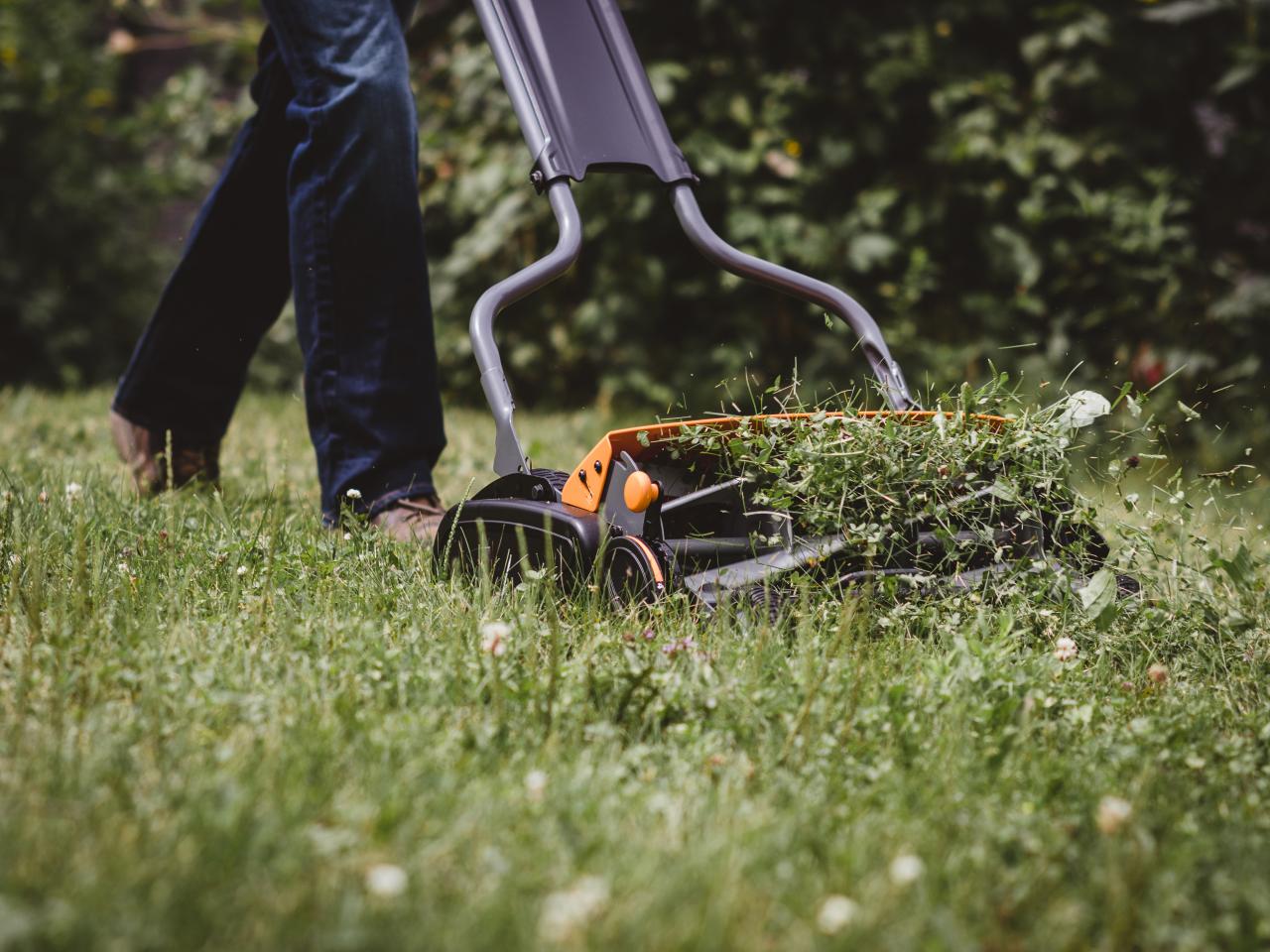
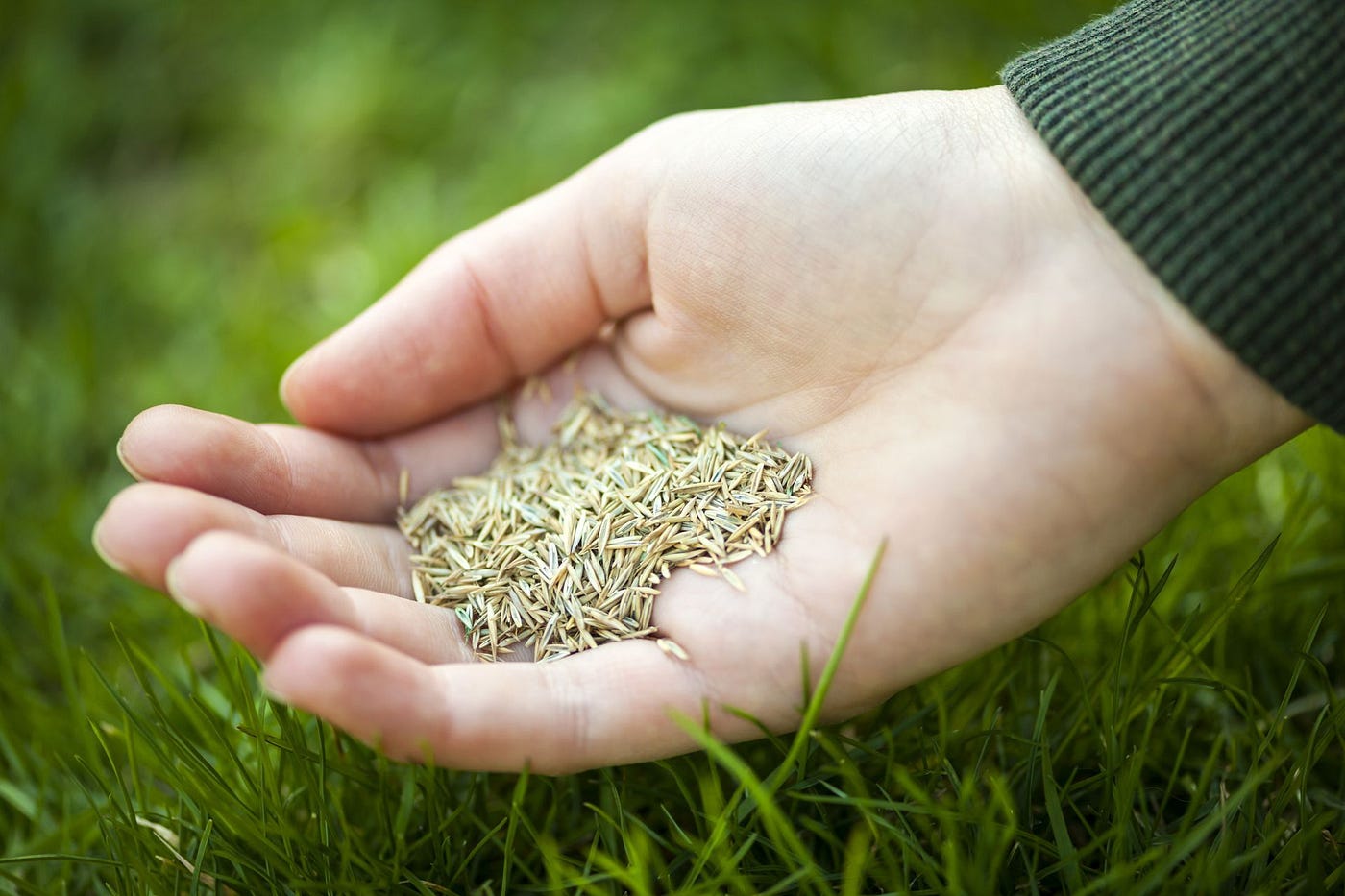
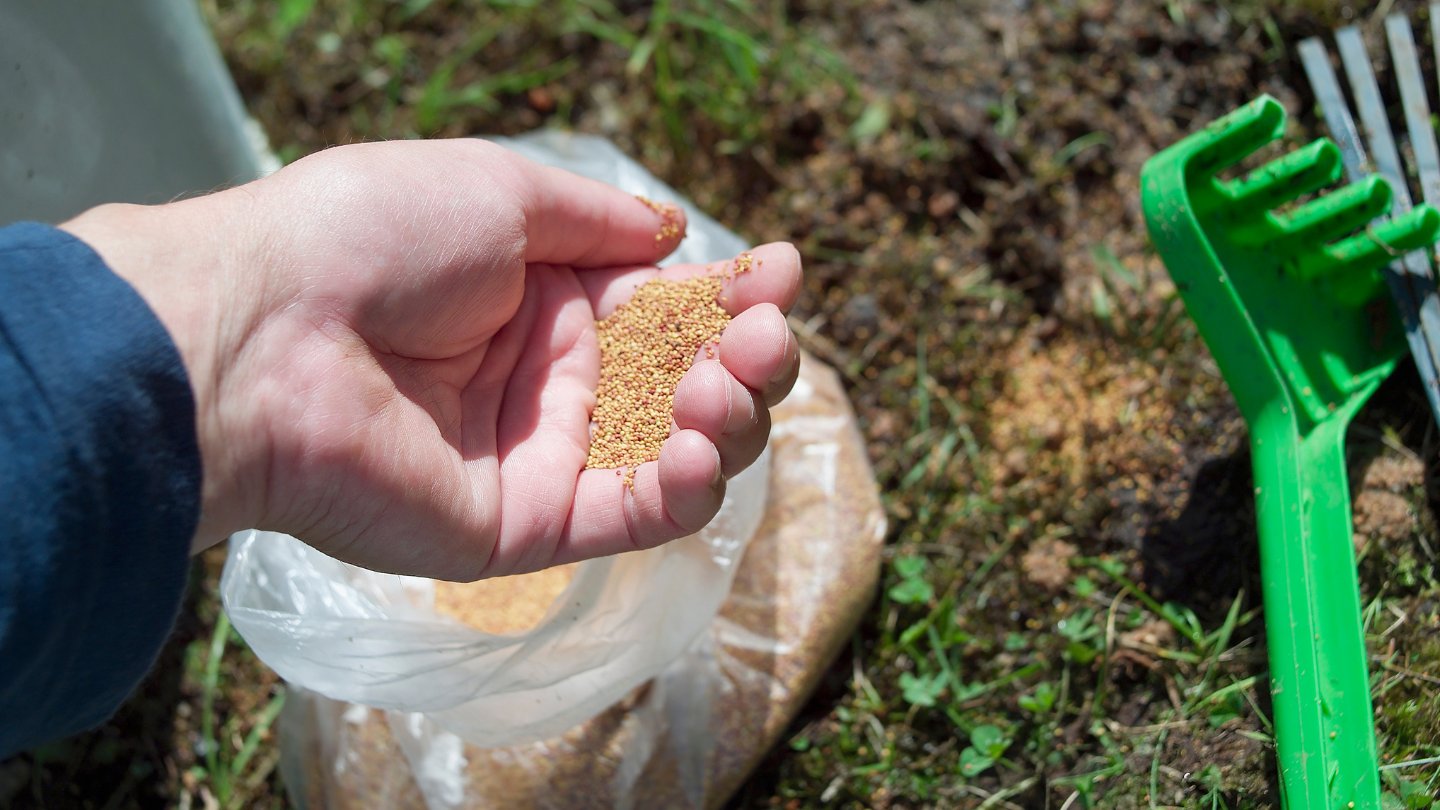
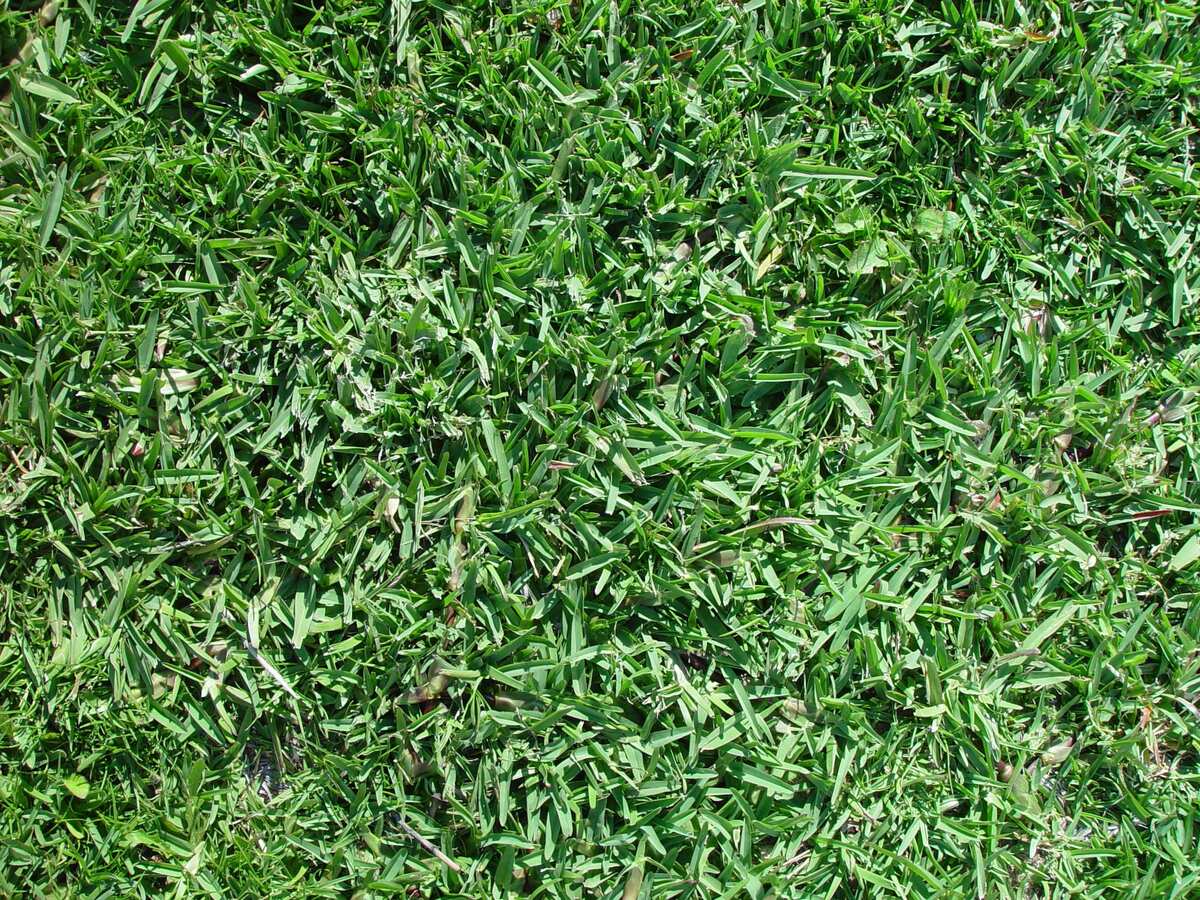
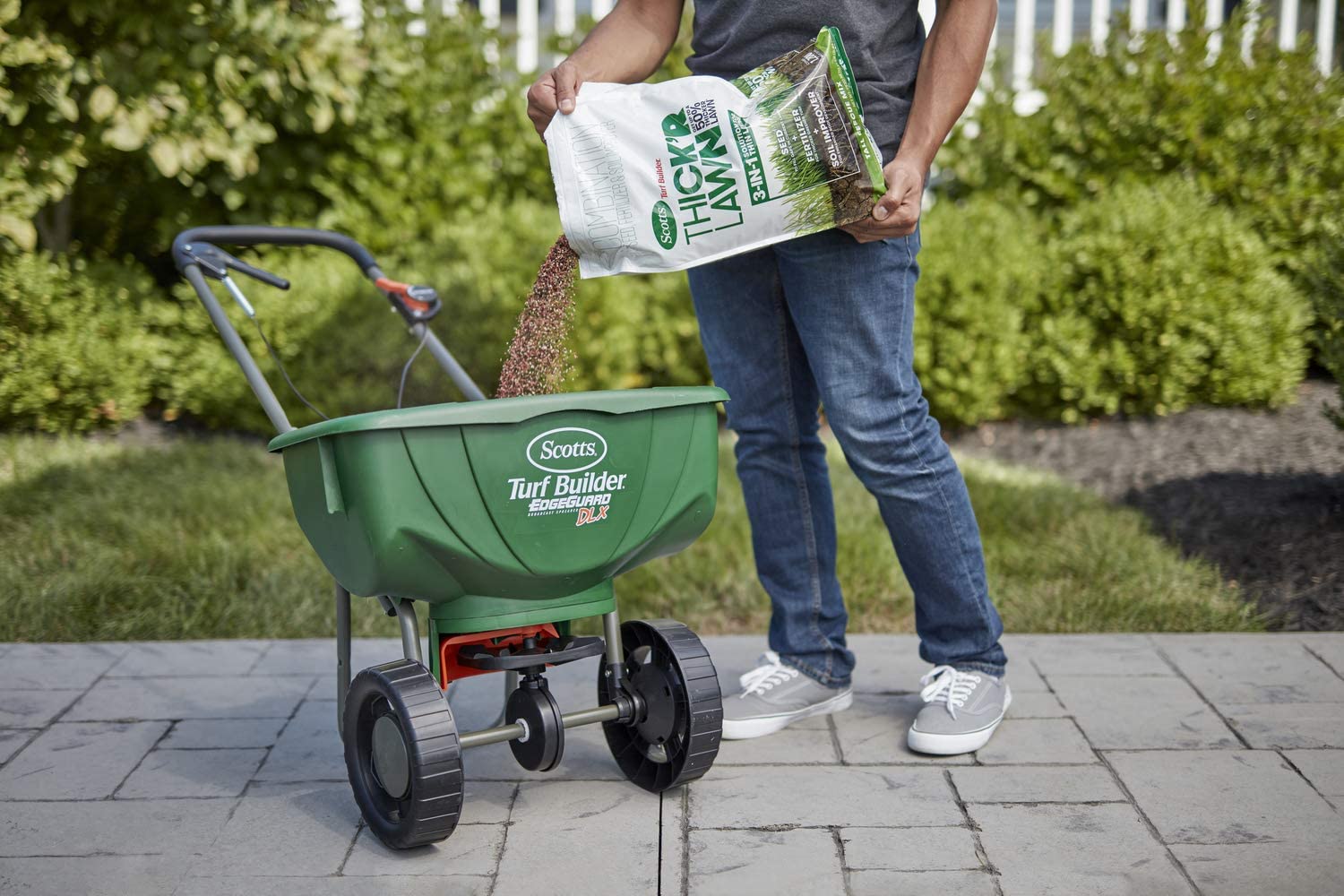




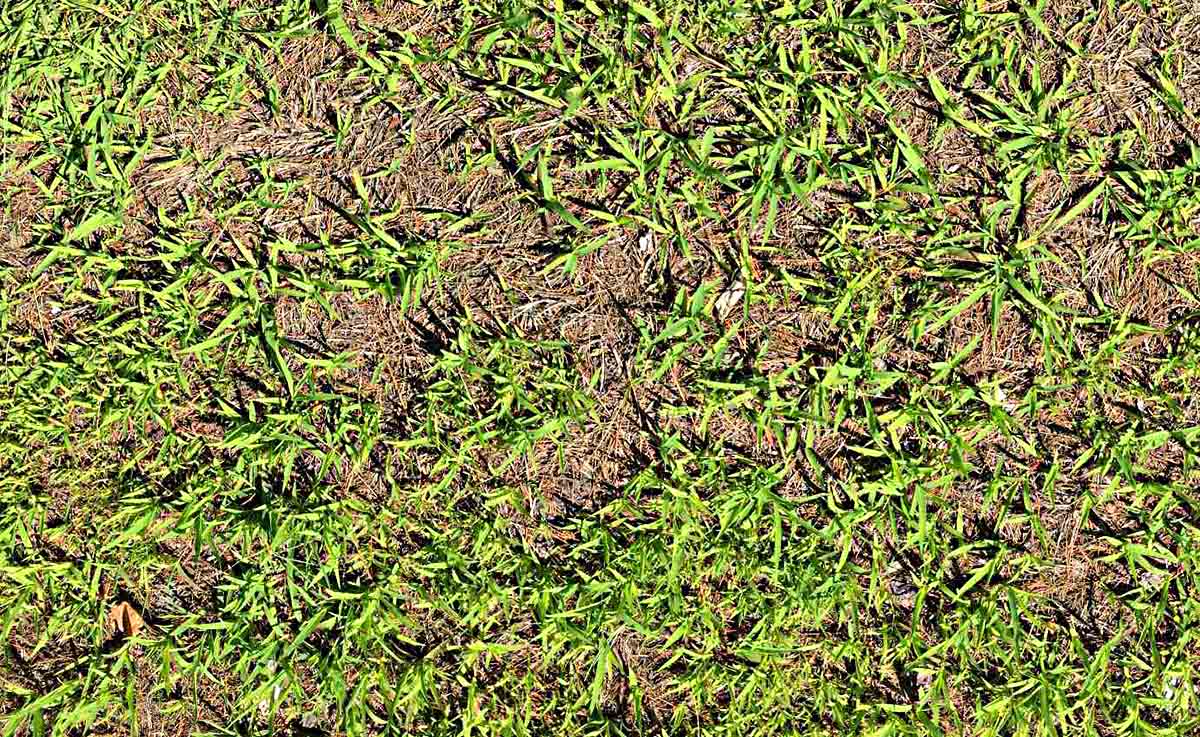

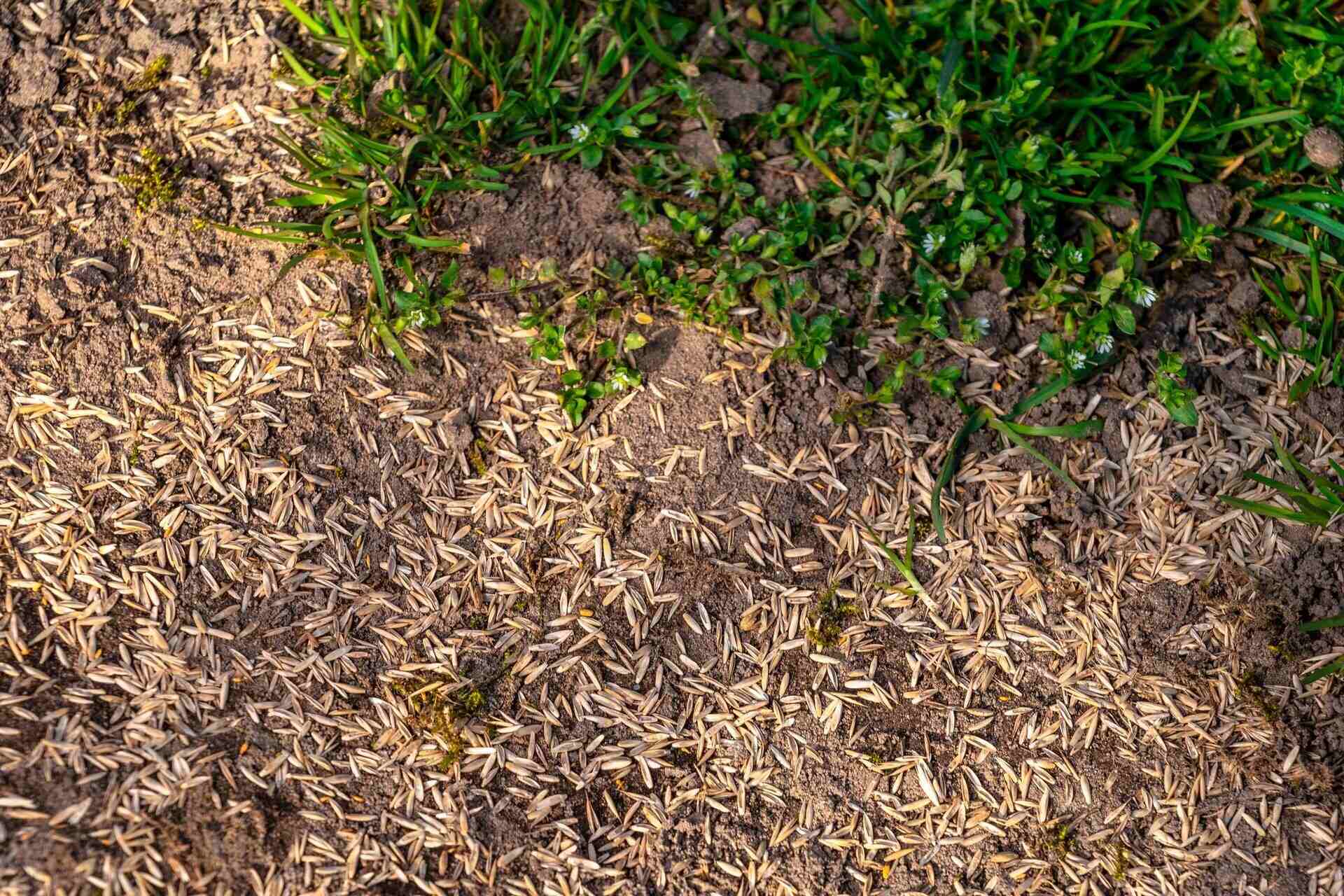


0 thoughts on “When To Seed Grass In Michigan”